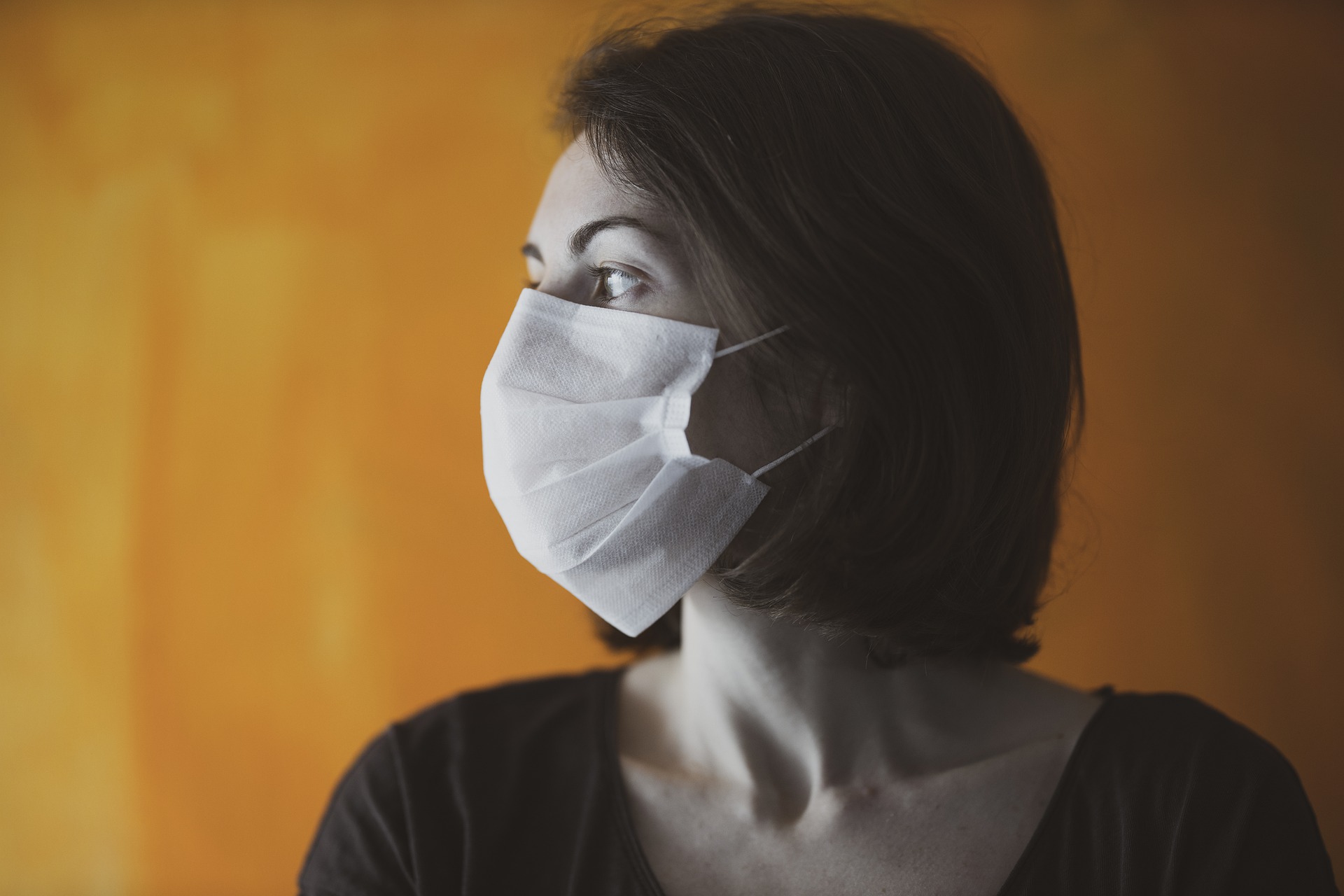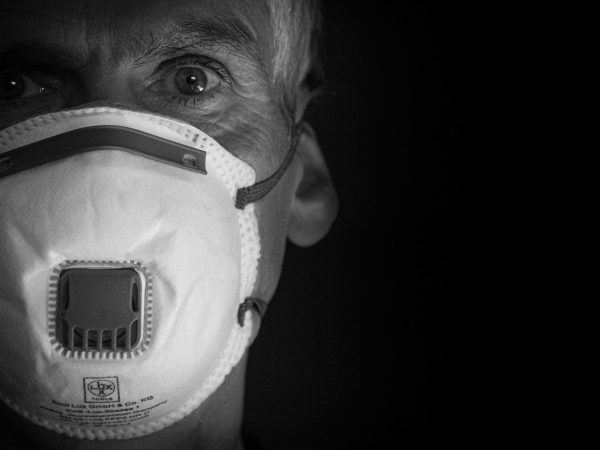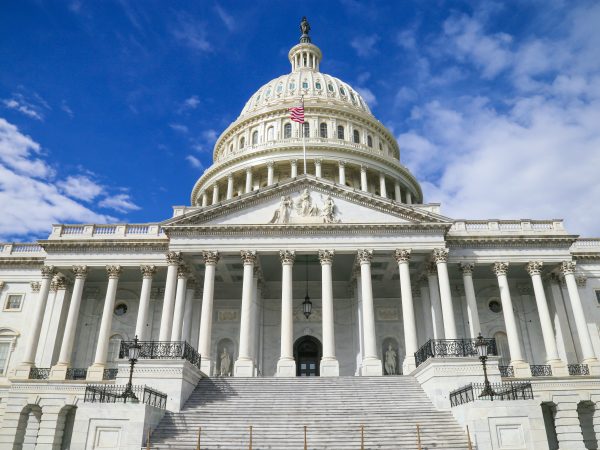 What happens when the rubber meets the road for businesses and positive COVID results? We interviewed the Director of Human Resources at a longtime customer to find out how they responded and the lessons they learned from their own experience. They offer professional services and have an office operation that is mostly clerical.
What happens when the rubber meets the road for businesses and positive COVID results? We interviewed the Director of Human Resources at a longtime customer to find out how they responded and the lessons they learned from their own experience. They offer professional services and have an office operation that is mostly clerical.
– To protect their anonymity, we have withheld their name from this interview –
1. Tell us about what happened
- We had an employee who was experiencing symptoms.
- Because we are an essential business, this employee was in the office and so we had to send them home.
- It was hard because one of the symptoms was aligned with allergy symptoms this employee had been previously experiencing and the other symptom came on quickly in the middle of the day, and past the time when they normally would have reported the symptom.
- We asked them to get tested (we are no longer requiring testing, only advising based off of recent guidelines from our local health department).
- The employee got tested and we waited 2 days for the results.
- The minute we received the positive test result, we acted on our exposure protocol that we had created in advance.
2. What safeguards were in place when this happened?
- We used the ThinkHR Resource Center and CDC guidelines for what to do if we had a positive test to develop our Exposure Protocol.
- The guidelines stated that if they tested positive, we needed to do contact tracing to see who the individual had been in contact with in the last 48 hours. We also identified low risk and high risk employees using this criteria (infected employee was within 6 feet of another employee for a period of 15 minutes or more would make that employee high risk).
- We hadn’t allowed remote staff fully back into the office yet which, thankfully, limited the exposure.
- We had a COVID-19 Symptom Check that really aided in our contact tracing.
- We had health and safety guidelines with signs posted reminding folks to wipe down surfaces, wash hands, practice physical distancing, refrain from touching their face, reminding them to cough and sneeze in their elbow or shirt, and advising that they wear a mask.
- We were in the process of making modifications in the office:
- Touch free faucets
- Touch free soap dispensers
- Limiting room capacities
- Closing off unnecessary/high risk rooms with limited space
- We have held a weekly meeting with management just to discuss COVID and concerns/topics surrounding it.
- The office was officially closed to clients and guests.
3. What did you do once the exposure happened?
- We contacted the employee to interview them on who they may have had contact with in the office. We also instructed this employee of their rights in regards to FFCRA Emergency Paid Sick Leave and Emergency Paid Family & Medical Leave.
- We used the COVID Symptom Check to identify high and low risk employees for potential exposure.
- We advised those employees who were potentially exposed to get tested and to follow the CDC guidelines for home quarantine. We checked in every three days to ensure they didn’t become symptomatic.
- We sent all employees home. Because we are an essential business, we did have one employee stay in the office and that employee needed to follow additional precautions, including, but not limited to additional face coverings, additional temperature checks that had to be reported to their manager, and additional cleaning of their personal space and any common spaces.
- We used ThinkHR’s COVID-19 Resource Center to create a Memo to all our staff. This memo included details about how we were handling the situation and instructed all staff to stay away from the office.
- It was imperative that we didn’t identify or name the employee in any of our communications.
- This was done to prevent retaliation and to protect their confidential medical information.
- We reached out to our workers’ comp carrier who asked us qualifying questions which helped us determine that we didn’t need to file a claim.
4. What safeguards were added after the exposure?
- We required anyone coming to the office to wear masks.
- We added to the symptom checklist (from the original 3 symptoms) to a list of 10 symptoms per CDC guidelines.
- We setup an emergency text notification for all staff for future exposures and emergencies.
- We modified our transition back plan for our team giving them the option to continue to work from home for the foreseeable future.
5. What went well?
- Thankfully, the afflicted employee had a mild case and made a quick recovery.
- Our quick response and ongoing communication – our employees reached out with a resounding appreciation for our communication for all things COVID, including our handling of this situation.
- We had protocols in place already.
- We’re thankful that we were able to setup the majority of our team to work remote prior to the exposure. This would have looked much different if that wasn’t the case.
6. What could have gone better?
- The testing lag time made things really difficult because we couldn’t definitively say if they had COVID or not. Now we go off of symptom based strategy rather than just the testing.
7. What would you do differently next time?
- I would have started the tracing at the onset of symptoms rather than at the positive results, which is now recommended from our local health department.
- Reinforcing the Exposure Protocol to our staff would have been good. While our staff was informed of the protocol, once we actually had to act on it there were questions on whether we were doing everything by the book. I think it would have been helpful if we just kept sharing over and over with our staff the steps of the protocol and maybe we wouldn’t have gotten as many questions as we did.
- It would have been helpful to enforce the Health and Safety guidelines a little more. The rules were in place but not everyone was following them as closely as they should.
8. Would you be willing to share the link you referenced when going through this?
-
- The first is the COVID-19 Resource Center from ThinkHR. I think you have to be a client of ThinkHR to access this center. Ask your broker if they have this value-added service.
- The second was the CDC COVID-19 website.
- Majority of our staff work in California, so we found this guidance from the California Department of Public Health really helpful.
- We also used this Paid Leave chart from the Department of Industrial Relations to help us communicate to the employee their FFCRA rights.


